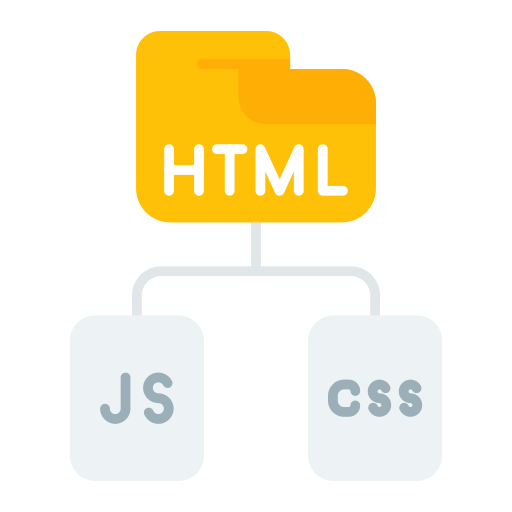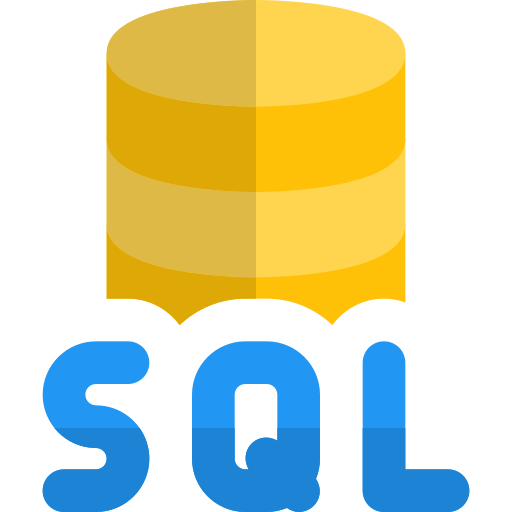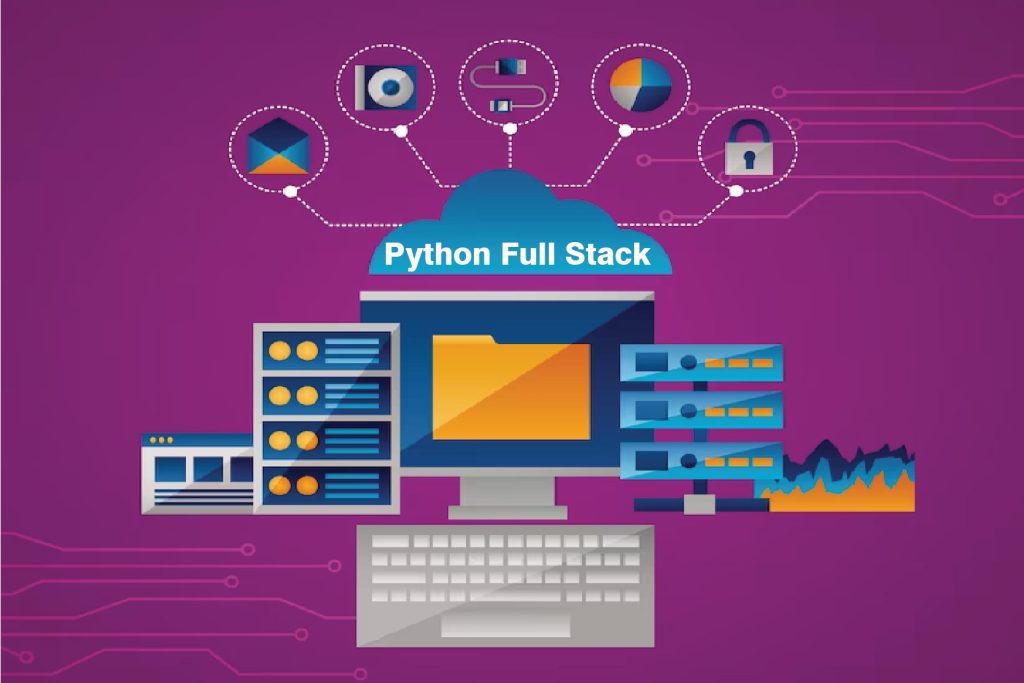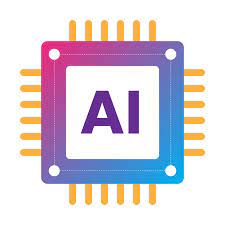What is Generative AI and How is it Used in the Industry?
In recent years, Generative AI has become one of the most talked-about technologies in the world of artificial intelligence. From creating realistic images and videos to writing articles, code, and music—Generative AI is reshaping industries. But what exactly is it? And how is it being used in real-world applications?
In this blog by Zappcode Academy, we’ll explore the basics of Generative AI, its working principles, real-world use cases, and how you can build a career in this growing field.
What is Generative AI?
Generative AI is a type of artificial intelligence that can create new content based on the data it has learned. Unlike traditional AI, which is mainly focused on analyzing or predicting outcomes, Generative AI generates original data—text, images, music, videos, and even software code.
Some well-known examples include:
- ChatGPT – for generating human-like conversations
- DALL·E – for creating images from text
- Google Gemini and Claude – for content generation
- GitHub Copilot – for code suggestions
How Does Generative AI Work?
Generative AI models use complex algorithms called neural networks, especially generative models like GANs (Generative Adversarial Networks), VAEs (Variational Autoencoders), and transformer models (used in ChatGPT, BERT, etc.).
Here’s a simplified overview:
- Training on Large Datasets: The model learns patterns from massive datasets, such as text articles, code repositories, or images.
- Understanding Context: Using deep learning, it understands the context and structure of the input.
- Generating Output: Based on the input, it generates relevant and high-quality content.
This ability to create content makes it useful across multiple industries.
Use of Generative AI in Different Industries
Let’s explore how various sectors are using Generative AI to improve productivity, creativity, and automation.
- Healthcare
- Medical Image Generation: Generative AI helps in creating synthetic MRI and CT scans for research and training.
- Drug Discovery: AI models can design new molecular structures, speeding up the drug discovery process.
- Patient Communication: AI-powered chatbots help patients book appointments, get health advice, and track medication.
- Education
- Personalized Learning Content: Generative AI can design quizzes, summaries, and explanations based on a student’s level.
- Language Translation: AI tools help in converting study material into different languages.
- Essay Feedback: AI tools can analyze and improve student essays.
- Marketing and Content Creation
- Blog and Ad Copywriting: Tools like ChatGPT help marketers create blog posts, ad content, and emails quickly.
- SEO Optimization: Generative tools can suggest keywords, headings, and meta descriptions.
- Visual Content: AI can generate banners, social media images, and product designs.
- Finance
- Report Automation: Financial institutions use AI to generate earnings reports and risk assessments.
- Fraud Detection: AI models simulate potential fraud activities for testing security systems.
- Chatbots for Customer Service: Banks use generative AI for handling customer queries 24/7.
- Software Development
- Code Generation: Tools like GitHub Copilot help developers by suggesting or writing code.
- Bug Fixing: AI tools can identify and fix common bugs automatically.
- Documentation Writing: AI assists in creating user manuals and API documentation.
- Entertainment and Gaming
- Scriptwriting: AI tools generate movie or game scripts based on genre and storyline.
- Game Level Design: AI can build virtual worlds and levels based on input parameters.
- Music and Video Generation: Tools like Jukebox by OpenAI create music in various styles.
Benefits of Generative AI
- Faster Content Creation: Speeds up tasks that would otherwise take hours or days.
- Personalization: Can tailor content for users, improving engagement.
- Cost Reduction: Reduces the need for large teams in content creation or customer service.
- Innovation: Opens new doors in design, music, education, and healthcare.
Challenges and Ethical Concerns
While Generative AI offers many benefits, it also comes with some concerns:
- Misinformation: AI can generate fake news or deepfakes.
- Plagiarism: Content generated may not always be original.
- Bias: Models may reflect the biases of the data they were trained on.
- Job Displacement: Automation could reduce the need for some human roles.
Ethical use of generative tools is critical, and developers must be trained in responsible AI practices.
Career Opportunities in Generative AI
Generative AI is creating exciting job opportunities across industries. Here are some popular roles:
- AI Developer / Researcher
- Data Scientist with focus on Generative Models
- AI Product Manager
- Machine Learning Engineer
- Prompt Engineer
- AI Ethics Specialist
How to Get Started with Generative AI?
At Zappcode Academy, we offer practical training in AI and Machine Learning, focusing on tools and technologies used in Generative AI. Whether you’re a beginner or already in tech, our courses are designed to help you:
- Understand the fundamentals of AI and ML
- Work with tools like Python, TensorFlow, and OpenAI APIs
- Build and deploy your own generative AI projects
- Prepare for real-world industry use cases
Conclusion
Generative AI is no longer just a futuristic concept—it’s here and already transforming the way we work, learn, and create. Whether you’re interested in tech, healthcare, finance, or marketing, the impact of Generative AI is everywhere.
If you’re looking to build a career in this powerful field, start learning today with Zappcode Academy—your path to becoming an AI innovator.




















